Meet Lisbeth Sachs, the lesser known Swiss modernist architect
Pioneering Lisbeth Sachs is the Swiss architect behind the inspiration for creative collective Annexe’s reimagining of the Swiss pavilion for the Venice Architecture Biennale 2025
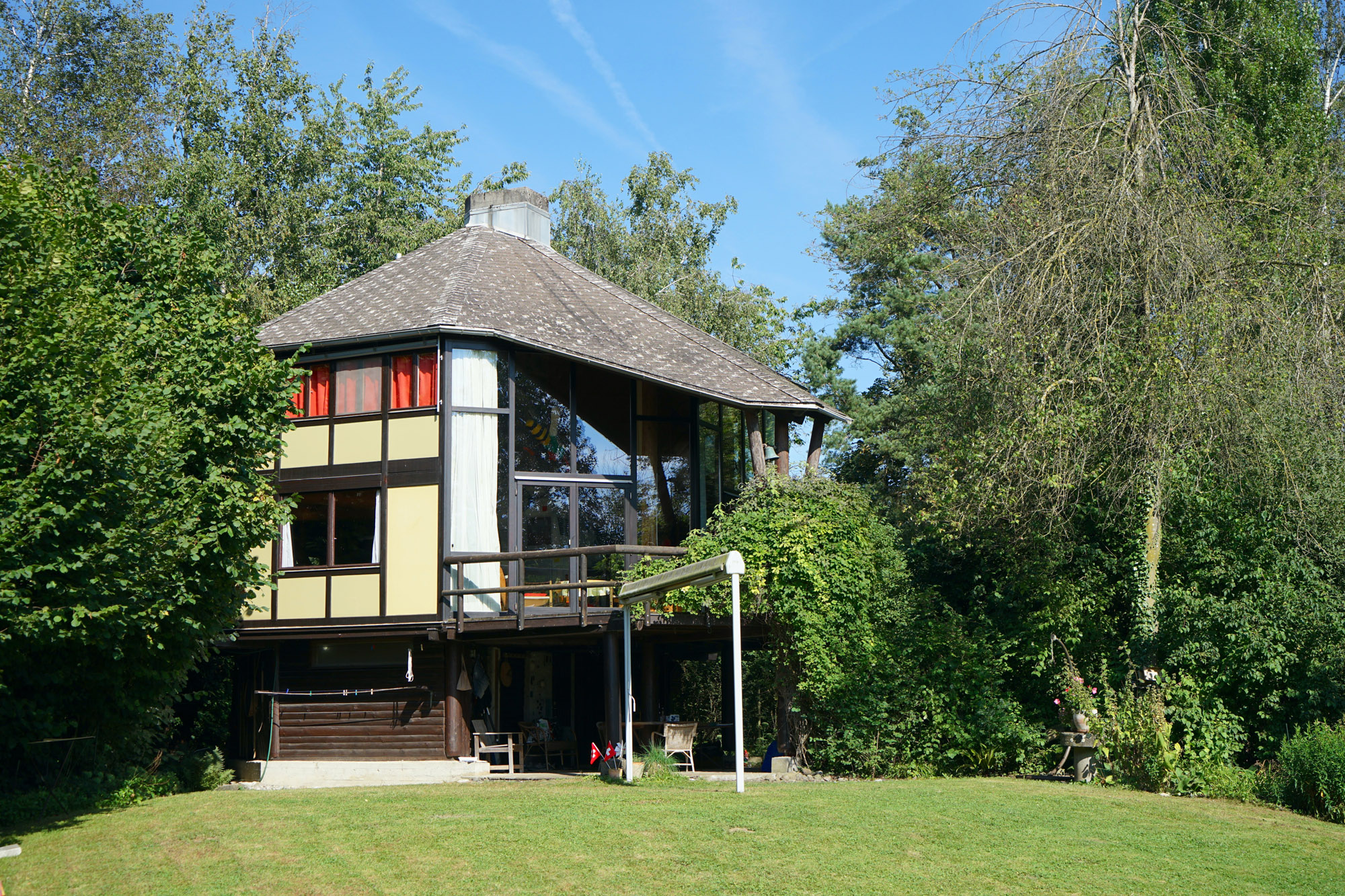
Architect Lisbeth Sachs (1914–2002) may be little-known outside her home country of Switzerland, but she is about to be granted a spotlight as part of this year‘s Swiss Pavilion at the Venice Architecture Biennale 2025. Her rich, characterful work is aptly represented in this compact home, Summer House Strauss, which was completed in 1976 and is located on the shores of Lake Hallwil (Hallwilersee), a popular holiday destination in Aesch, close to Lucerne.
The cottage was commissioned by Dr. Frank Strauss in 1964. ‘He had a practice as a dentist in Affoltern am Albis, a village about 25km from Aesch and Zürich,’ says Martin Kehrer, who married the original client‘s daughter, Berti Strauss, and now looks after the house with her. ‘He loved sailing and that‘s why he was looking to buy a plot by a lake in the area. He owned two little sailing boats and wished for a weekend house not too far from his main home. Strauss knew Sachs and thought that the architect’s sensitive and emotional approach to architecture would fit the project well.’
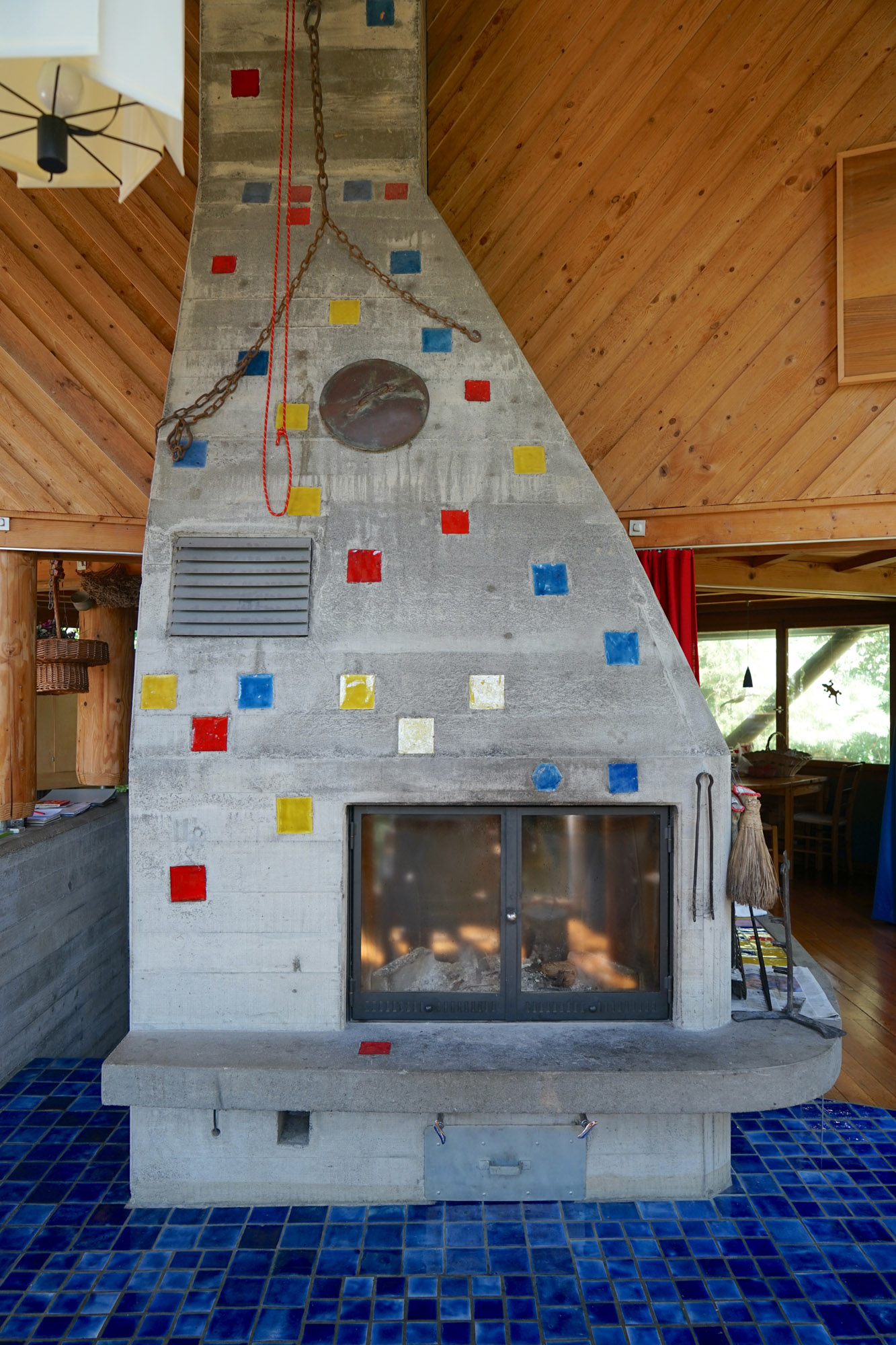
Enter the world of Lisbeth Sachs
Sachs, who designed and built several high-quality projects in Switzerland starting in the 1950s, was also one of the first female architects practicing in the country. She graduated in 1939, taught by architect Otto Rudolf Salvisberg at ETH, Zürich, and was one of only five women in her class. Her career kicked off with a competition win to design the Kurtheater Baden, a large theatre complex for the Canton of Aargau. She completed this project in 1952, collaborating with Otto Dorer, who came second in the competition and was assigned to her as an advisor. The resulting structure features an elegant, circular glass pavilion and several original design elements, including lighting fixtures and furniture pieces. Following this project, Sachs worked predominantly on residential architecture, interiors and exhibition displays.
Sachs was also an important and keen writer in her field. She produced pieces for key Swiss journals in her field, including Werk, which allowed her to address the global architecture scene. In her writing, she explored the work of seminal figures of her era, such as Frei Otto, and Alvar and Aino Aalto. She developed a poetic and organic approach to architecture. She argued: ‘Architecture should be a new reference to nature, a reference in a large, comprehensive sense, in which human existence and transience are included, in the feeling of an all-encompassing relationship between plants, animals, humans and stone, also between the creations of humans and nature.’
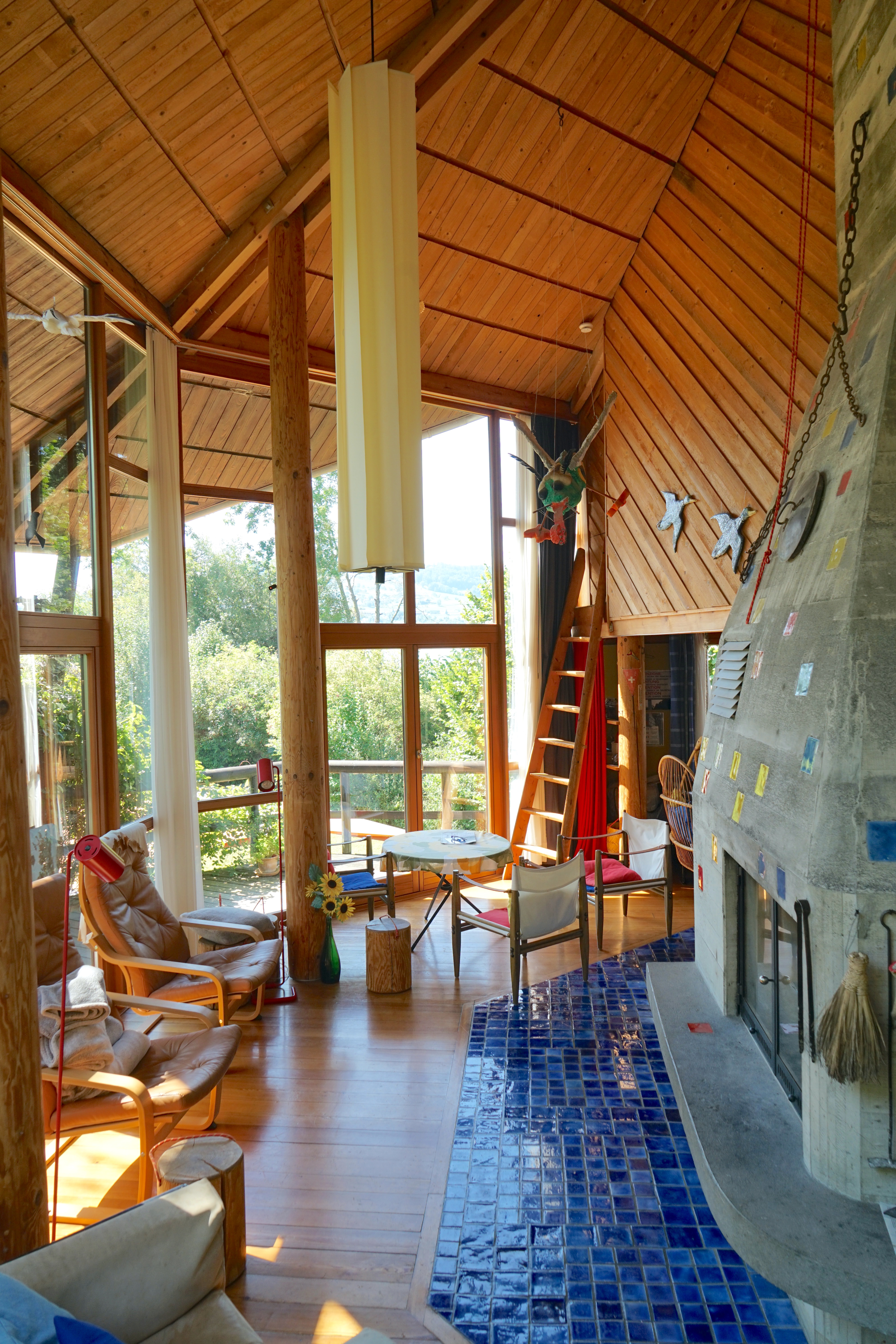
Nature is an important element in Strauss Summer House, which was nicknamed ‘Im Schilf’ (In the Reeds). ‘Originally, my wife’s father purchased about 3,000 sq m of land here, hoping to eventually create two houses, one for each of his children. But a little after the construction of this house, the area was declared a nature and wildlife reserve and it was impossible to build any more structures there. We are particularly pleased that this extraordinary summer house was also declared as an object to preserve a few years ago,’ says Kehrer.
Sachs demonstrated her take on organic architecture in the house’s lyrical arrangement of materials and shapes. A concrete base supports an octagonal wooden structure with angled forms and a sloping roof. She worked with experienced carpenters who could address her complex geometries and was very involved in the construction progress, attending her building sites frequently and supervising the fabrication of different elements. ‘I admire her ability to build such complicated wooded structures without the help of 3D computers,’ says Kehrer.
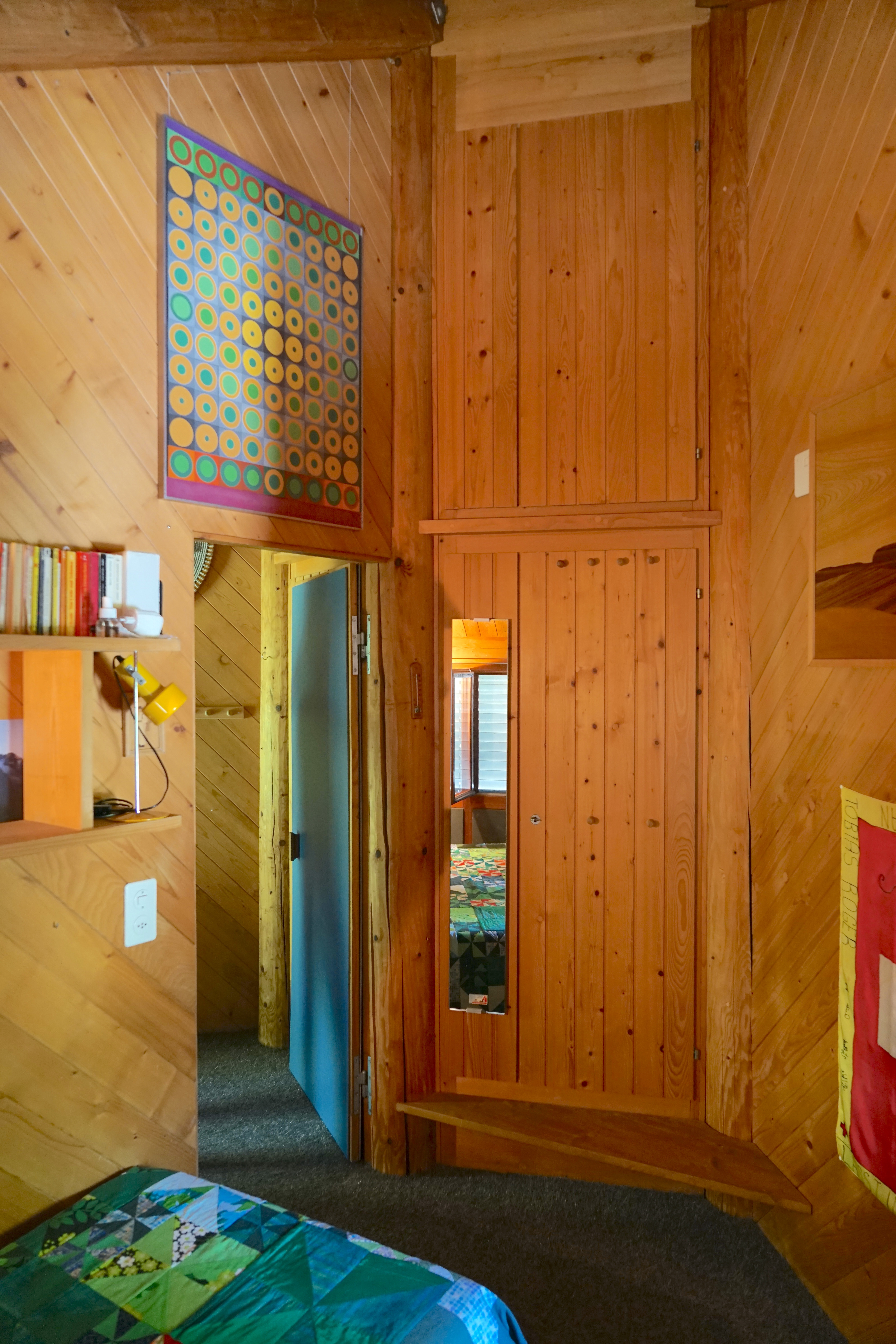
The house contains two south-facing bedrooms upstairs for the children, while to the north are two more bedrooms for the parents. The first-floor living room, with its double-height ceiling and monumental fireplace, was the family’s main gathering place. The space’s colourful compositions, made of pieces of glass and ceramic embedded into concrete, as well as its sculptural, tile-covered concrete fireplaces, are reminiscent of the artistry in the work of Swiss painter Paul Klee. In fact, Klee‘s influences on Sachs were explored in a dedicated exhibition titled Architektur mit Klee at the Zentrum Paul Klee Bern last year.
Receive our daily digest of inspiration, escapism and design stories from around the world direct to your inbox.
Now, this lesser-known Swiss architect is about to have a moment. Curators and architects Elena Chiavi, Kathrin Füglister, Amy Perkins and Myriam Uzor of the Annexe group were selected to represent Switzerland at the 19th Venice Architecture Biennale. In collaboration with artist Axelle Stiefel and graphic designer Emma Kouassi, they will recreate a site-specific, temporary art installation designed by Sachs for the 1958 Swiss Exhibition for Women’s Work (SAFFA) in Zürich. With this gesture, the team asks: ‘What would have happened if it was Lisbeth Sachs, not Bruno Giacometti, who had designed the Swiss Pavilion in the Giardini della Biennale di Venice?’ Their answer pays homage to Sachs’ life and work. The display will be accompanied by work by architecture historian Rahel Hartmann Schweizer, author of ‘Lisbeth Sachs – Architektin, Forscherin, Publizistin’ for gta Verlang in 2020. Thanks to this project, Sachs and her work will claim a deserved spot in the Swiss architecture discourse.
Adam Štěch is an architectural historian, curator, writer and photographer, based in Prague. He is the author of books including Modern Architecture and Interiors (2006), editor of design magazine Dolce Vita and a contributor to titles including Wallpaper* and Frame, while also teaching at Scholastika in Prague.
-
 Year in review: the shape of mobility to come in our list of the top 10 concept cars of 2025
Year in review: the shape of mobility to come in our list of the top 10 concept cars of 2025Concept cars remain hugely popular ways to stoke interest in innovation and future forms. Here are our ten best conceptual visions from 2025
-
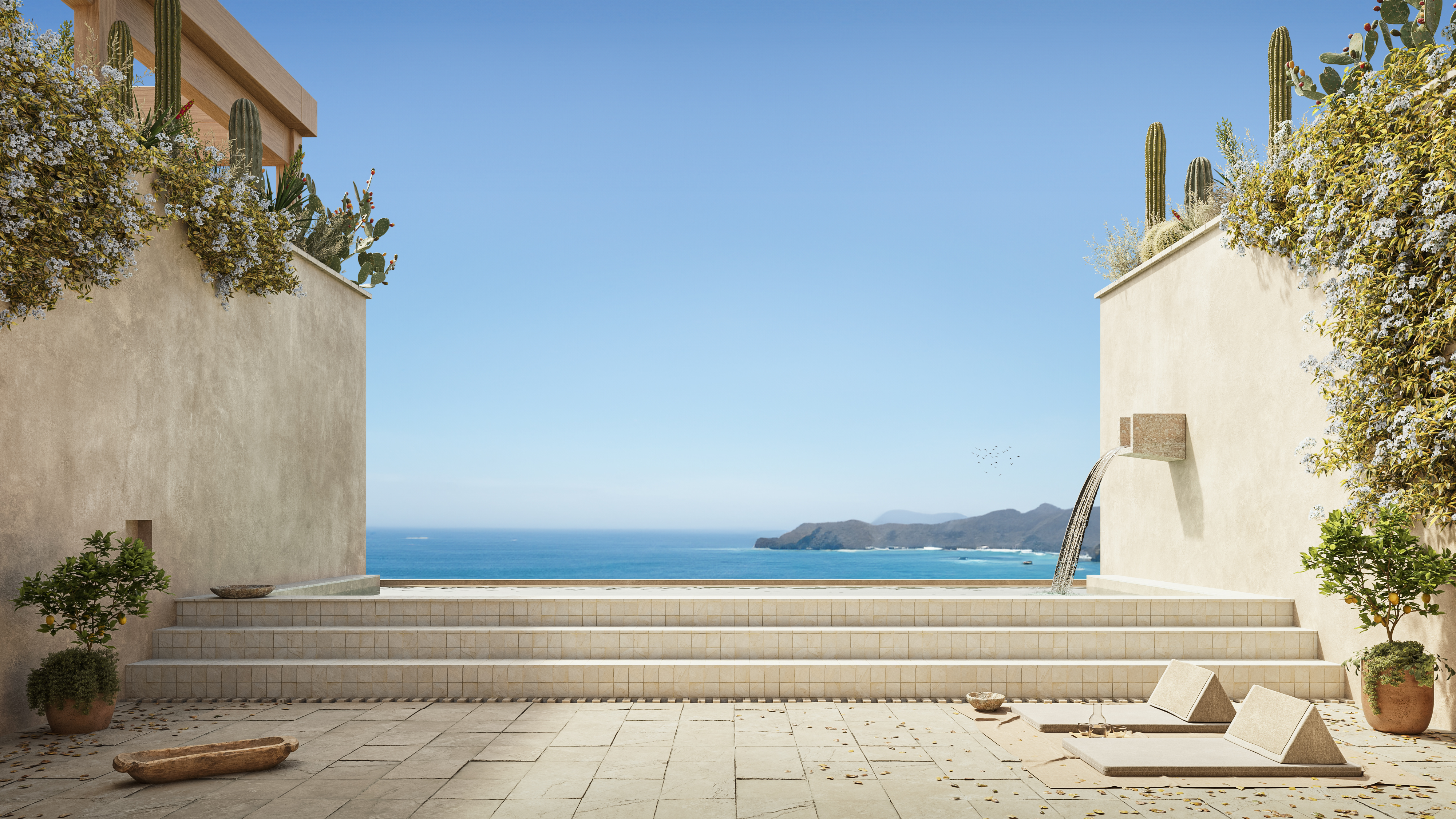 These Guadalajara architects mix modernism with traditional local materials and craft
These Guadalajara architects mix modernism with traditional local materials and craftGuadalajara architects Laura Barba and Luis Aurelio of Barbapiña Arquitectos design drawing on the past to imagine the future
-
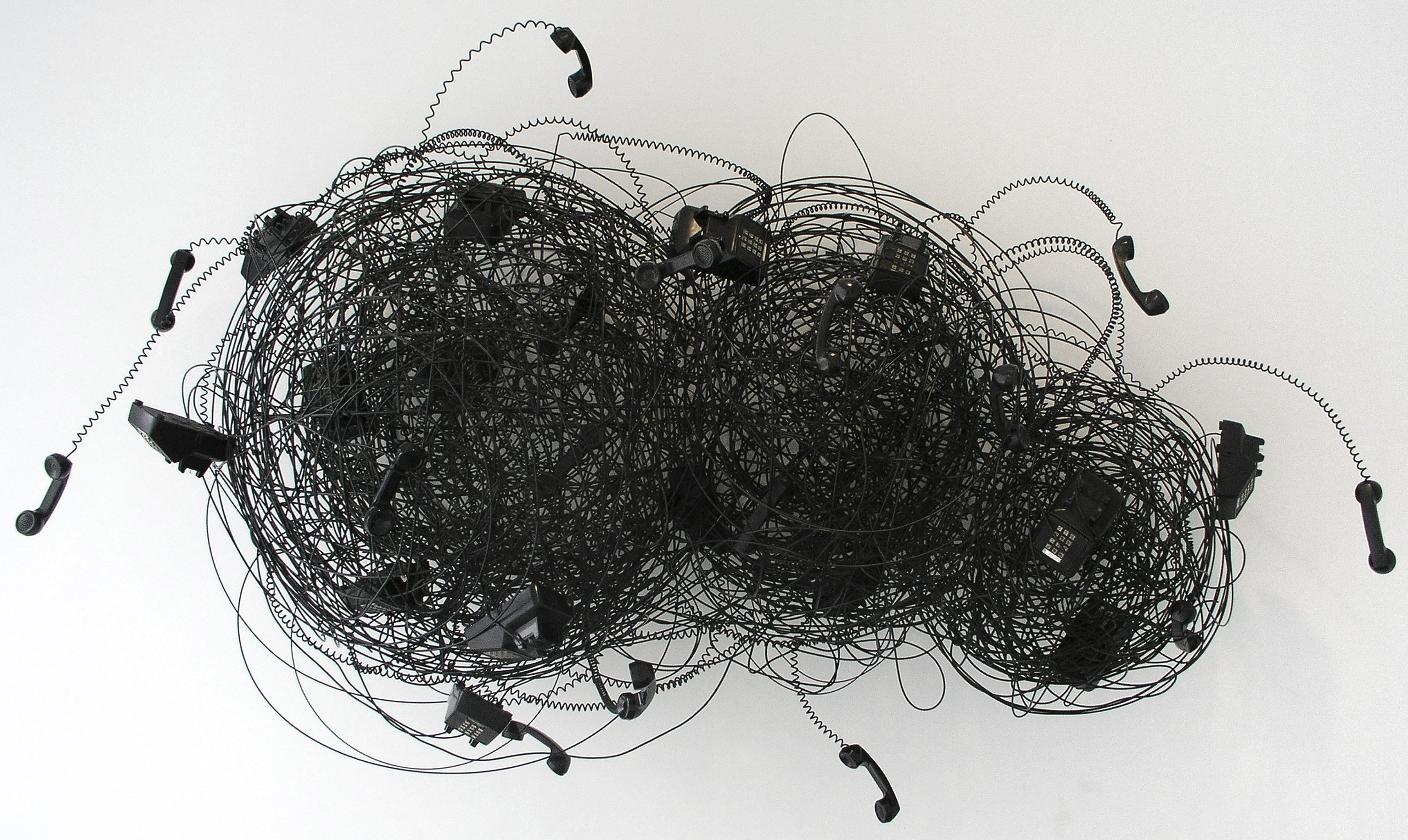 Robert Therrien's largest-ever museum show in Los Angeles is enduringly appealing
Robert Therrien's largest-ever museum show in Los Angeles is enduringly appealing'This is a Story' at The Broad unites 120 of Robert Therrien's sculptures, paintings and works on paper
-
 Inside architect Andrés Liesch's modernist home, influenced by Frank Lloyd Wright
Inside architect Andrés Liesch's modernist home, influenced by Frank Lloyd WrightAndrés Liesch's fascination with an American modernist master played a crucial role in the development of the little-known Swiss architect's geometrically sophisticated portfolio
-
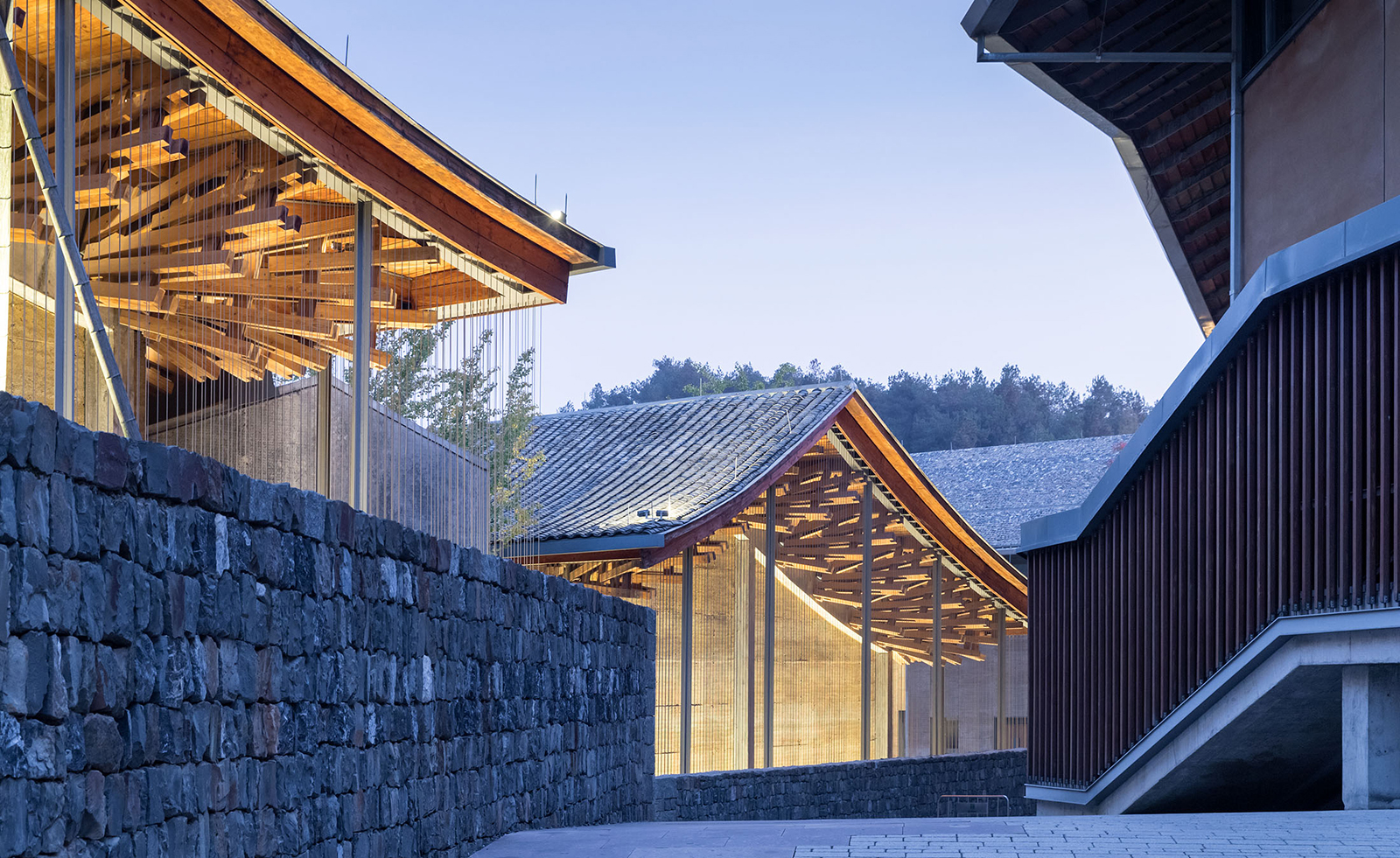 Wang Shu and Lu Wenyu to curate the 2027 Venice Architecture Biennale
Wang Shu and Lu Wenyu to curate the 2027 Venice Architecture BiennaleChinese architects Wang Shu and Lu Wenyu have been revealed as the curators of the 2027 Venice Architecture Biennale
-
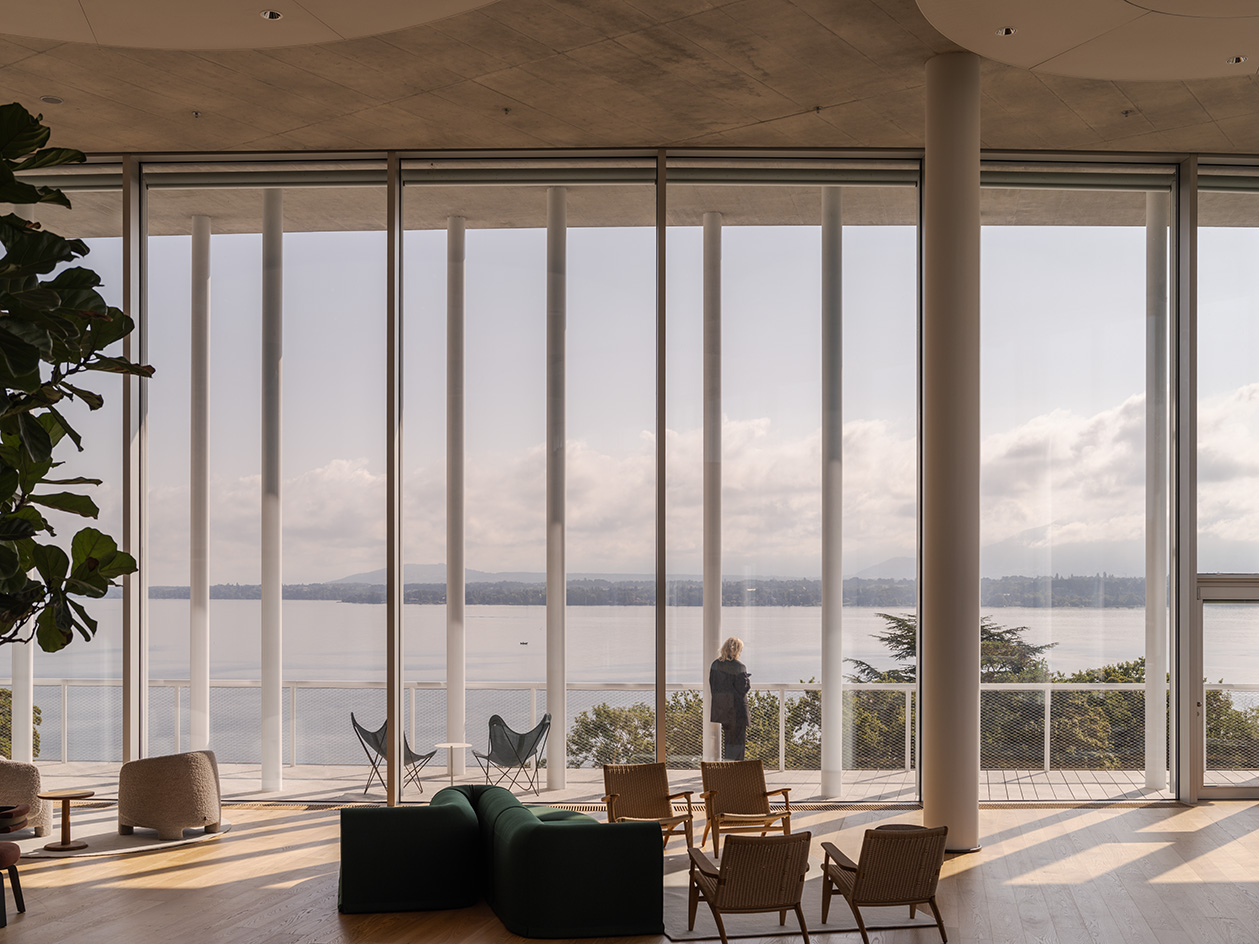 A building kind of like a ‘mille-feuille’: inside Herzog & de Meuron’s home for Lombard Odier
A building kind of like a ‘mille-feuille’: inside Herzog & de Meuron’s home for Lombard OdierWe toured ‘One Roof’ by Herzog & de Meuron, exploring the Swiss studio’s bright, sustainable and carefully layered workspace design; welcome to private bank Lombard Odier’s new headquarters
-
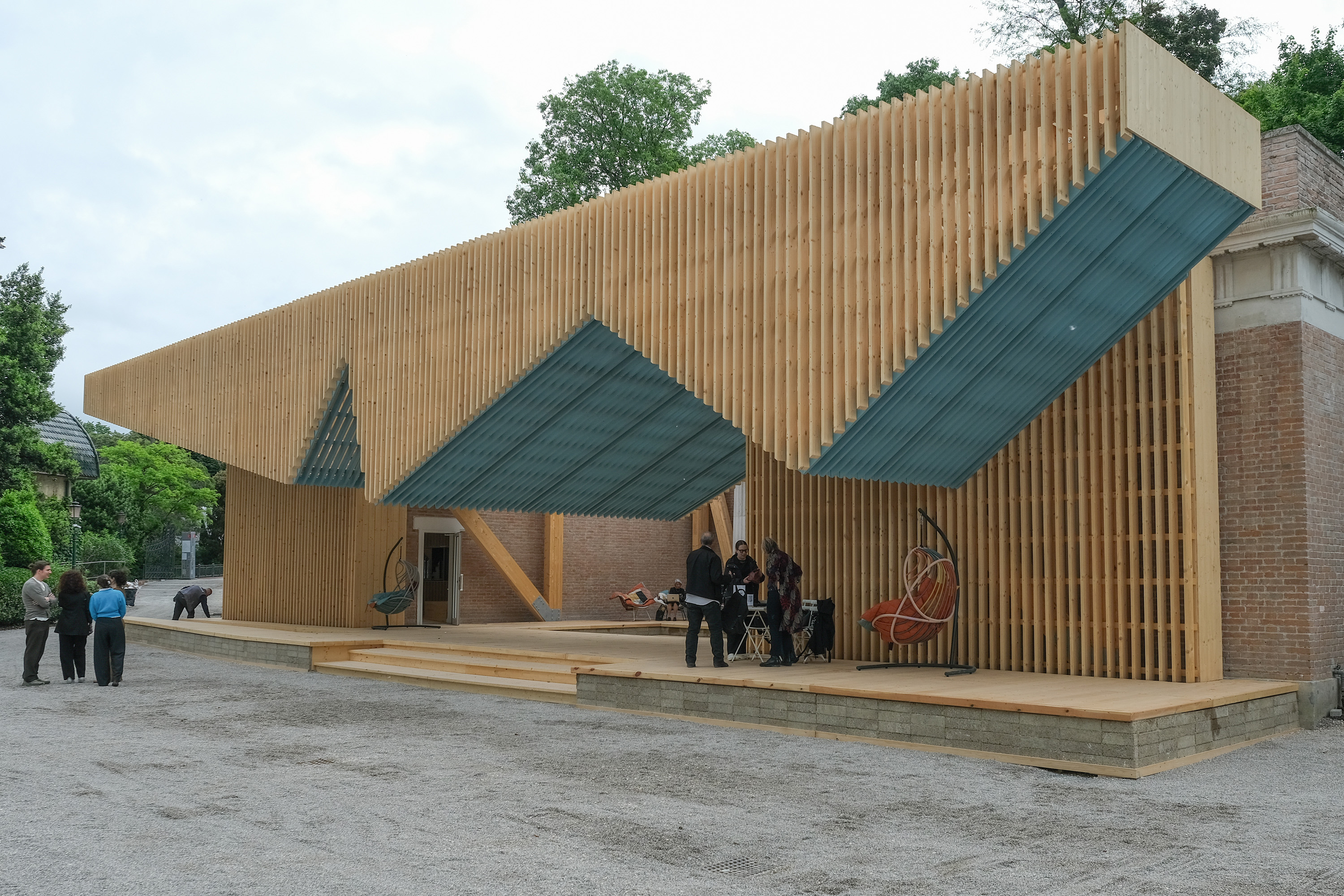 Want to be a Venice pavilion commissioner? Bring ideas – and your Rolodex
Want to be a Venice pavilion commissioner? Bring ideas – and your RolodexThe impressive showings of the USA's Venice pavilion in the Giardini belie the ambitious fundraising efforts that underpin them. Past and present curators tell us how it works
-
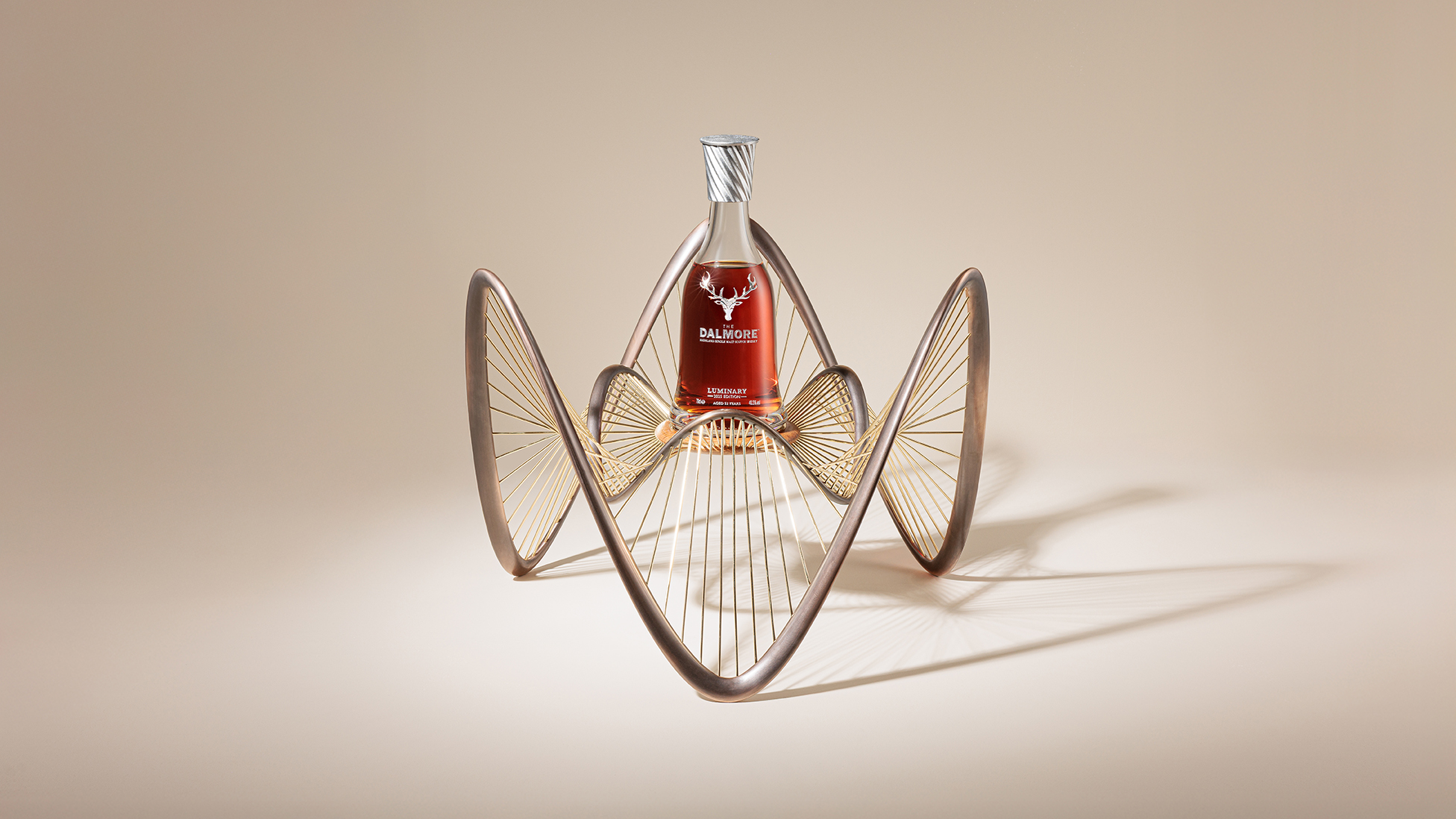 A mesmerising edition of The Dalmore Luminary Series is unveiled in Venice
A mesmerising edition of The Dalmore Luminary Series is unveiled in VeniceThe Dalmore Luminary Series sculpture No.3 by Ben Dobbin of Foster + Partners, co-curated by V&A Dundee, launches in Venice during the 2025 Architecture Biennale
-
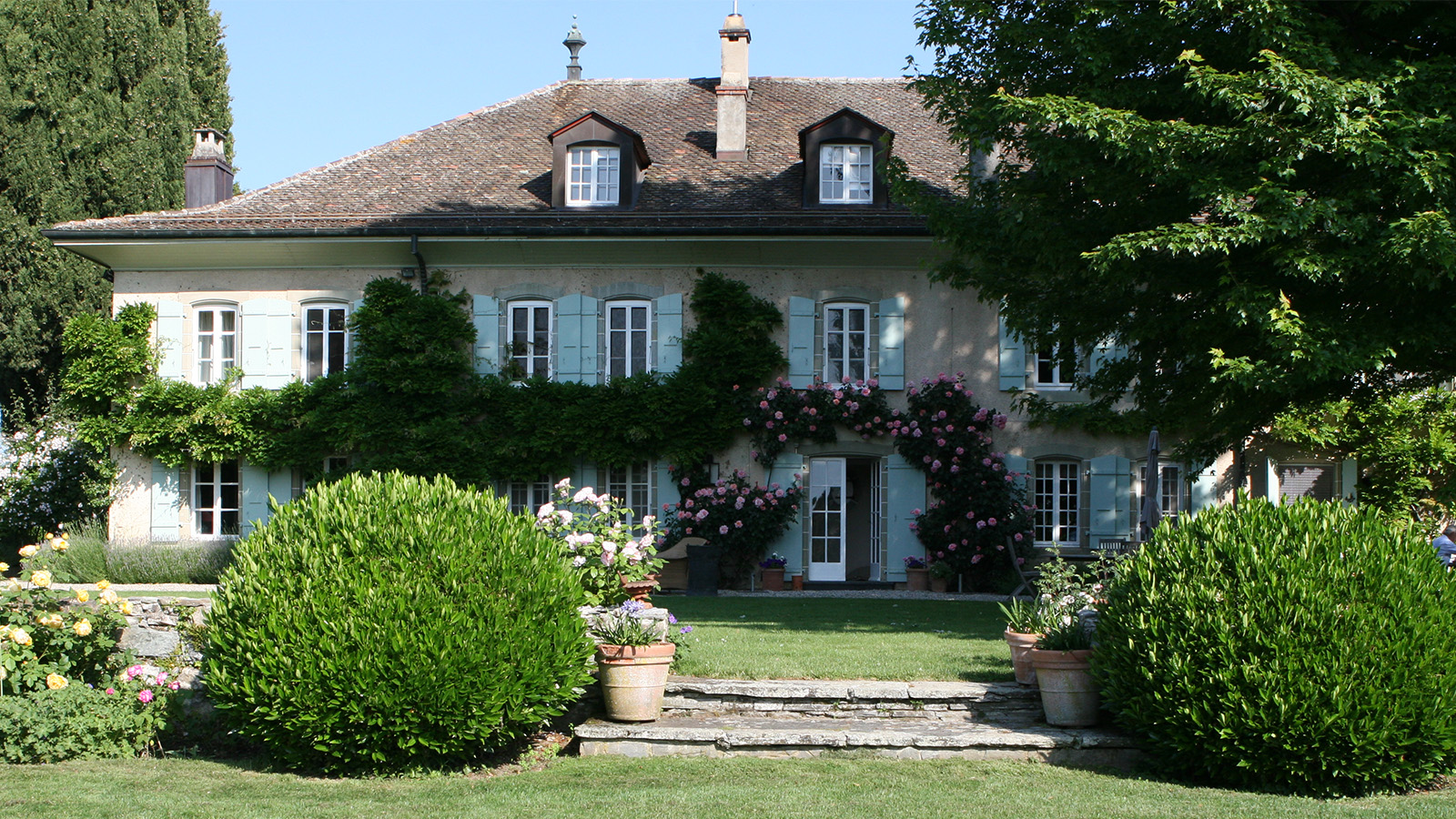 Audrey Hepburn’s stunning Swiss country home could be yours
Audrey Hepburn’s stunning Swiss country home could be yoursAudrey Hepburn’s La Paisable house in the tranquil village of Tolochenaz is for sale
-
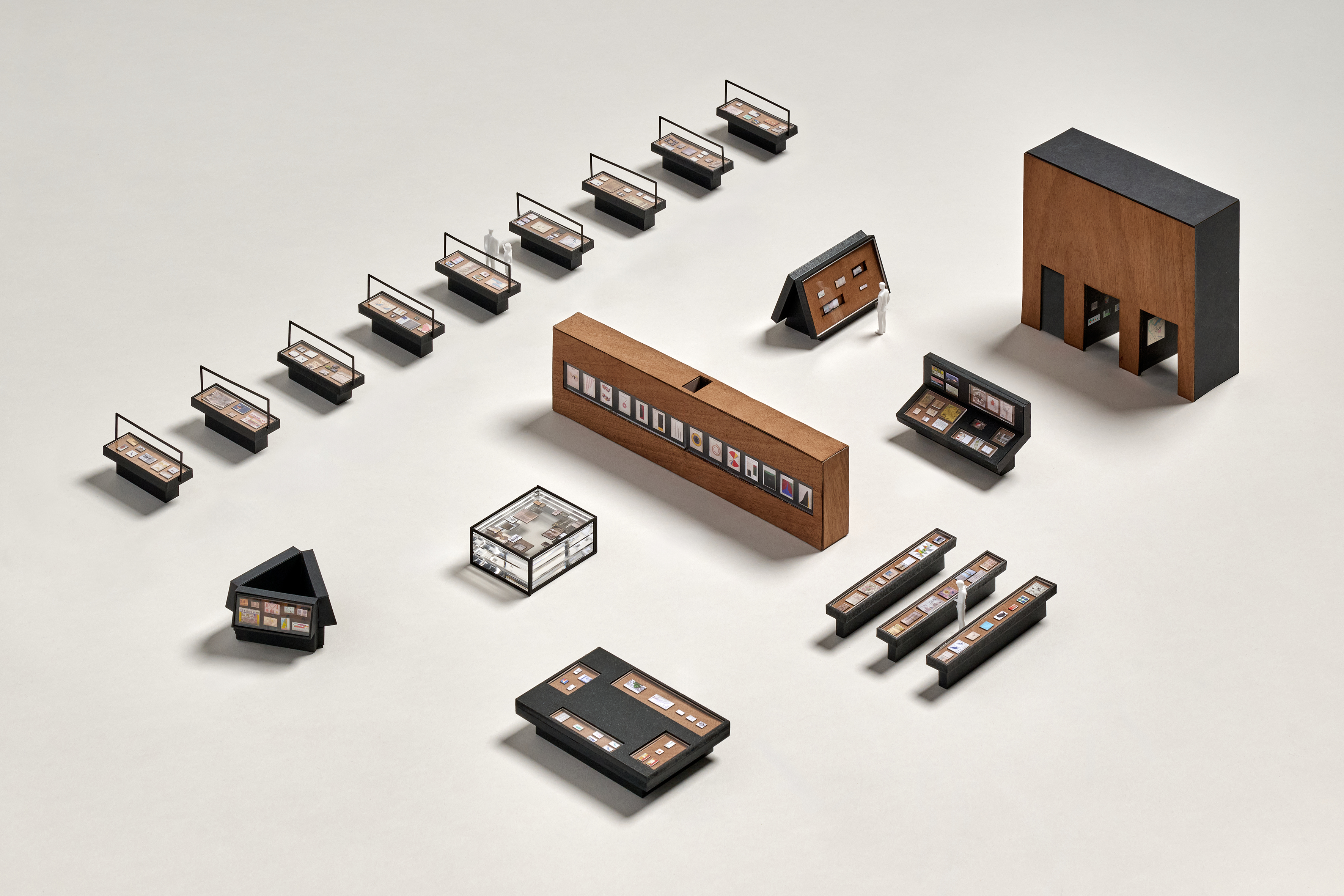 A love letter to the panache and beauty of diagrams: OMA/AMO at the Prada Foundation in Venice
A love letter to the panache and beauty of diagrams: OMA/AMO at the Prada Foundation in Venice‘Diagrams’, an exhibition by AMO/OMA, celebrates the powerful visual communication of data as a valuable tool of investigation; we toured the newly opened show in Venice’s Prada Foundation
-
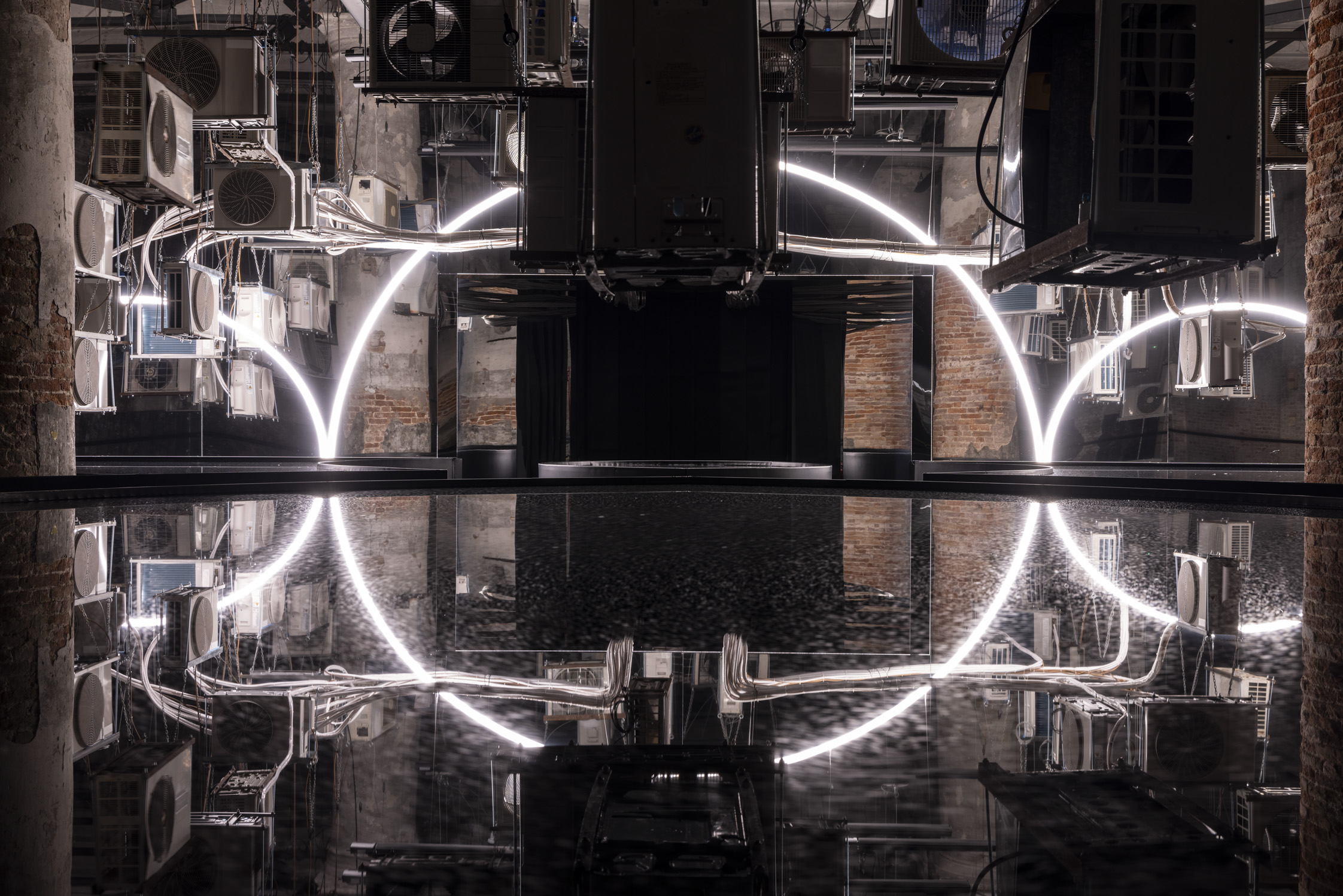 How was Carlo Ratti’s ‘Intelligens’? Wallpaper* editors discuss the 19th Venice Biennale
How was Carlo Ratti’s ‘Intelligens’? Wallpaper* editors discuss the 19th Venice BiennaleHaving visited ‘Intelligens’, the 19th Venice Biennale's main show by curator Carlo Ratti, the Wallpaper* editors discuss what they saw at the world's biggest global architecture festival